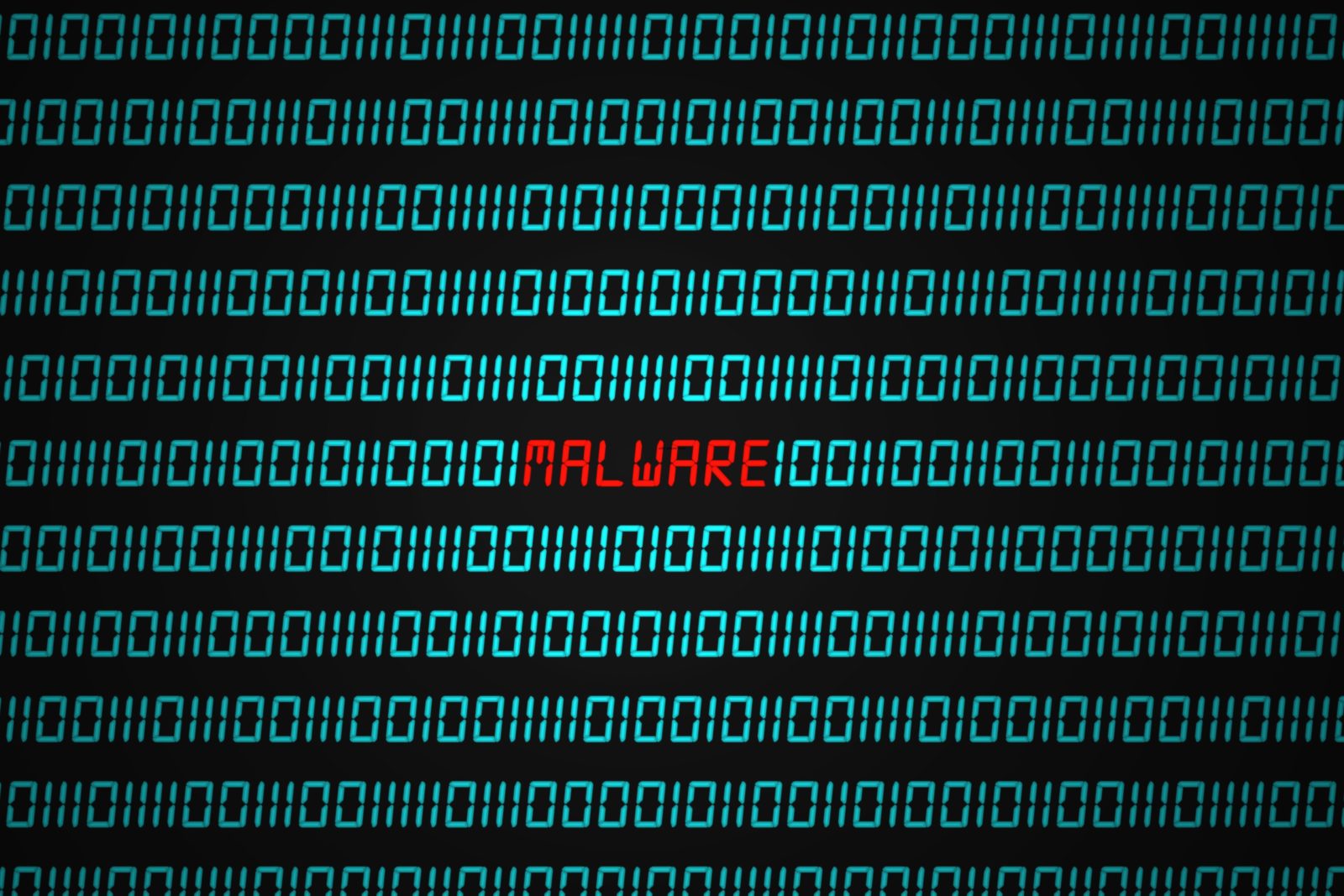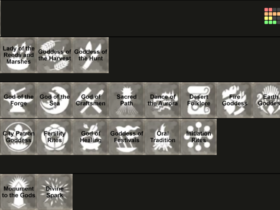Types of malware attacks can be very destructive and often result in the theft of important data or money. To protect your computer and the valuable information it stores, you need to be aware of these different types of attacks and take steps to prevent them. This article will discuss eight common types of malware attacks and how to manage them.
Everyone knows that malware is bad news. But what exactly is malware? Malware is short for malicious software and includes viruses, Spyware, ransomware, and other unwanted programs that gain access to your computer without your permission. As malware evolves, so too must our methods of prevention.
Types of Malware Attacks

Malware attacks have recently increased, and many different types can affect your device. This section will discuss some of the latest types of malware attacks and how to protect yourself against them.
Here are common ones:
Keyloggers
There are many types of malware attacks, but one of the most common is the keylogger attack. Keyloggers are malware that can be used to record what you type on your keyboard, including your passwords and other sensitive information. They can be installed in several ways, including phishing emails, infected websites, or malicious software. Keyloggers can be very difficult to detect, so it is important to be wary of any suspicious emails or websites and only install software from reputable sources.
The attacker can then use this information to access accounts and steal data. Fortunately, there are ways to protect yourself from keylogger attacks.
- One is to use a strong password that is not easy to guess.
- Another is to use a security program that can detect and remove keyloggers.
By taking these precautions, you can help to keep your data safe from this type of attack.
More: What is CISO Services? [Challenges & Facts]
Spyware
Spyware is malware installed on a computer without the user’s knowledge. It collects confidential information from the user’s computer, such as passwords and credit card numbers, and sends it back to the attacker. Spyware can also track the user’s internet activity and browsing habits.
Spyware can also redirect web browsers to malicious websites, display unwanted pop-up ads, and slow down the performance of the infected computer. In some cases, Spyware can even allow attackers to take control of the infected computer remotely.
If your computer has been infected with Spyware, try to remove the malware as soon as possible to avoid further damage. There are many ways to remove Spyware from a computer, including antivirus software and malware removal tools.
Trojan Horses

A Trojan horse is one of the most common types of malware attacks. It is a piece of software that disguises itself as legitimate code to gain access to a system. Once installed, it can allow attackers to control the system remotely, steal data, or even destroy the system entirely. There are many different ways in which a Trojan horse can be delivered, such as via email attachments, websites, or even USB drives.
The best way to protect against this attack is to be vigilant about what you download and install on your system.
- Always scan files for malware before opening them, and only visit trusted websites.
- If you suspect your system has been infected with a Trojan horse, you should run a full scan with an antivirus program as soon as possible.
Ransomware
Ransomware is one of the types of malware attacks that encrypts files on a victim’s computer and then demands a ransom to decrypt them. This type of malware attack can be very costly for businesses and individuals alike.
To protect yourself from ransomware:
- You should have a robust security system in place. This includes having up-to-date antivirus software and a firewall.
- It would help if you never opened email attachments from unknown senders.
If you find yourself the victim of a ransomware attack, do not pay the ransom. Instead, contact a professional computer security company for help.
More: 5 Top SDLC Best Practices To Implement In 2022
Bots/Botnets

Bots, also known as botnets, are newest types of malware attacks that allow attackers to take control of a victim’s device and use it to carry out various malicious activities. Botnets can be used to launch denial of service attacks, send spam emails, or even steal sensitive information.
In most cases, botnets are spread through phishing emails or malicious websites.
Once a victim clicks on a malicious link, the botnet malware will be installed on their device. From there, the attacker can control the victim’s device and use it for their purposes. While botnets can be used for various nefarious activities, they are most commonly used to launch denial-of-service attacks.
In a denial of service attack, the attacker will use the botnet to flood the target with traffic, causing the site to go offline. While this may seem a relatively harmless attack, it can have serious consequences for businesses relying on their website for revenue.
If you suspect your device has been infected with botnet malware, you should contact an IT professional immediately. They will be able to help you remove the malware and protect your device from future attacks.
Final Thoughts
This article only touches on a few of the most common types of malware attacks. Always keep your security software up-to-date, avoid clicking on suspicious links or attachments, and contact a professional if you suspect that your device has been infected. Stay safe out there!











